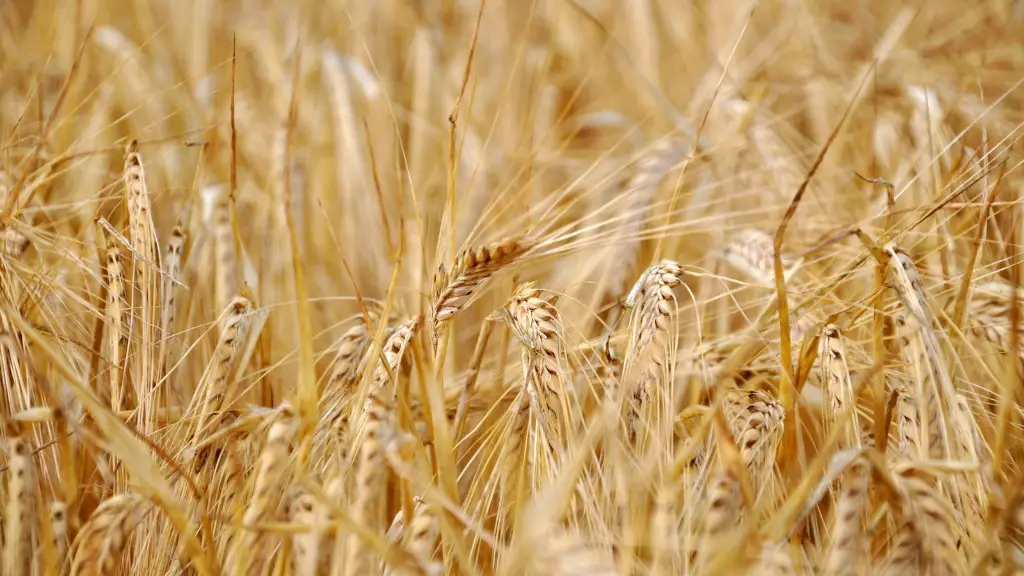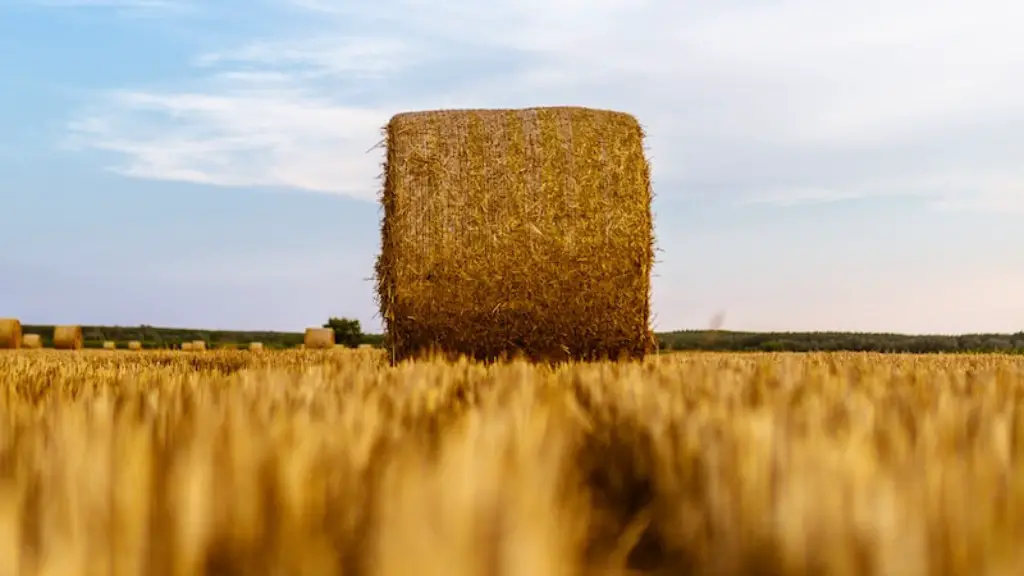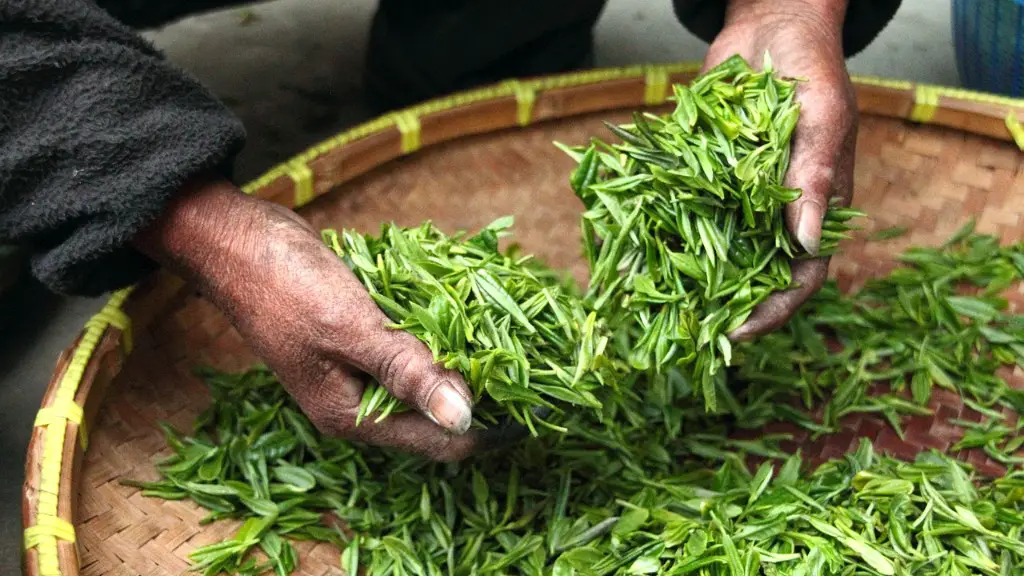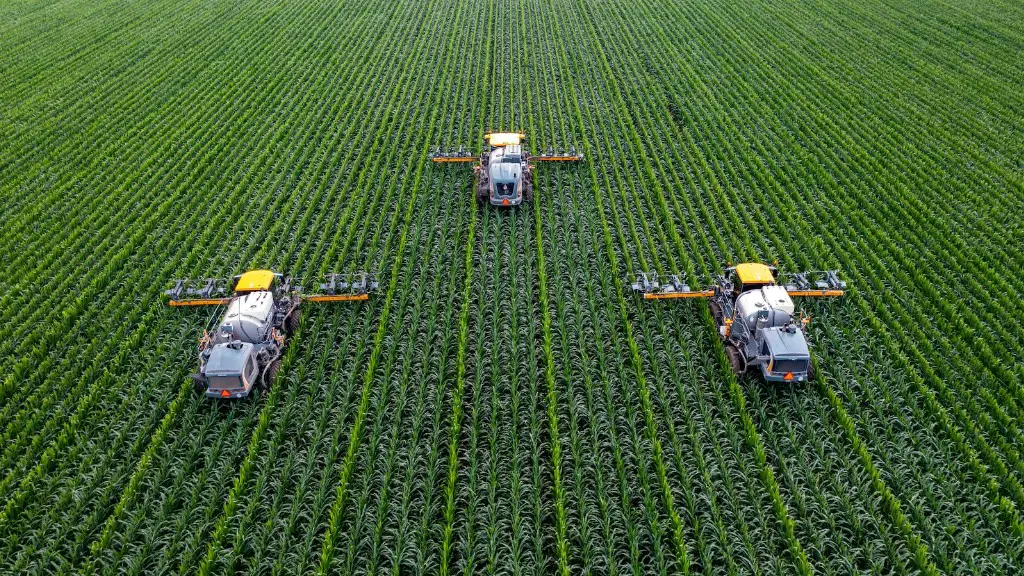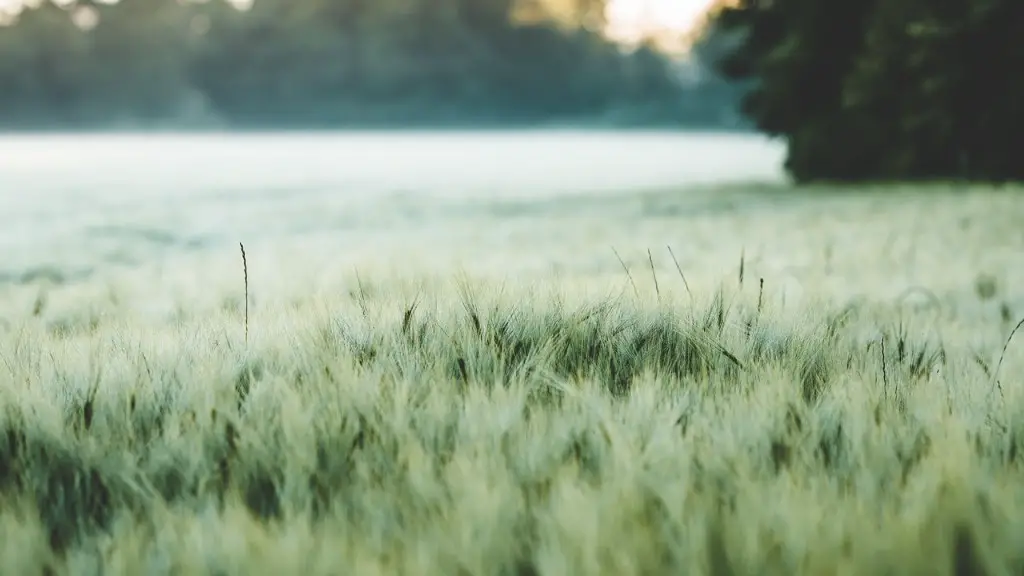Water is a vital resource for agricultural production. Though farmers have always needed water to irrigate their crops, the last few decades have seen a dramatic increase in the amount of water used in agriculture. This is due to a number of factors, including the expansion of irrigated land, the use of more water-intensive crops, and the impact of climate change. As the world population continues to grow, the demand for food will only increase, putting even more pressure on our limited water resources.
The United States Geological Survey reports that agricultural water withdrawals in the United States totaled about 146 billion gallons per day in 2010.
What percentage of water on Earth is used for agriculture?
In most regions of the world, over 70 percent of freshwater is used for agriculture. This high percentage is due to the large amount of water that is needed to irrigate crops and maintain healthy farms. While this high percentage may seem alarming, it is important to remember that agriculture is a vital part of the global food system. Without it, we would not be able to feed the world’s population.
It is estimated that by 2050, agriculture will need to increase its water productivity by up to 50% to meet the demands of a growing population. This will require a significant reallocation of water from other sectors, such as industry and domestic use. In most cases, such reallocation is expected to come from agriculture due to its high share of water use. Currently, agriculture accounts (on average) for 70 percent of all freshwater withdrawals globally (and an even higher share of “consumptive water use” due to the evapotranspiration of crops).
Is globally 70% of freshwater used for agriculture
Agriculture is the largest water user worldwide, accounting for 70 percent of total freshwater withdrawals on average. However, these amounts can reach as much as 95 percent in some developing countries.
Agriculture water withdrawals are expected to increase with population growth and the expansion of irrigated areas. In addition, climate change is likely to exacerbate water stress in many regions by affecting precipitation patterns and increasing evaporation.
Improving water efficiency in agriculture is therefore critical to reducing pressure on water resources. There are a number of ways to do this, including using more efficient irrigation practices, selecting drought-tolerant crops, and changing farming methods.
In addition to improving water efficiency, it is also important to reduce wastage and pollution from agriculture. This can be done by better management of animal waste, using more environmentally-friendly fertilizers, and increasing the use of cover crops.
It is estimated that the average water consumption on farms is around 70 litres per cow per day. This adds up to a whole lot of water consumption, especially for those farms where cows are present. This is just a small part of the farming process, but it is a significant contributor to the total water consumption on farms.
What percentage of US water goes to agriculture?
Agriculture is a major water user in the United States, accounting for approximately 80 percent of consumptive water use. In many Western States, agriculture accounts for over 90 percent of consumptive water use. Consumptive water use is water that is withdrawn from a water source and not returned to that source.
The oceans are vital to life on Earth and play a major role in regulating the planet’s climate. They cover 71% of the Earth’s surface and contain 97% of the planet’s water. The oceans are also a major source of food and minerals, and are home to a vast array of plant and animal life.
Is the biggest use of water for agriculture?
It is important to consider all sources of water when looking to improve efficiency, including groundwater. However, agriculture is currently the largest user of water in California, so even small improvements in agricultural water use can have a big impact.
It’s no secret that agriculture is a water intensive industry. In fact, globally, 70 percent of freshwater withdrawals are used for agriculture. With the world’s population projected to reach 9.7 billion by 2050, the demands on our freshwater resources are only going to increase.
That’s why it’s more important than ever to find ways to make agriculture more sustainable and efficient in its use of water. One way to do this is through the use of irrigation. When done correctly, irrigation can help reduce water use while still maintaining crop yields.
Another way to reduce water use in agriculture is through the use of drought-resistant crops. These crops are able to withstand periods of drought better than traditional crops, meaning farmers can use less water to grow them.
With the world’s population and demand for food only expected to increase in the coming years, it’s imperative that we find ways to make agriculture more sustainable. Fortunately, there are a number of ways to do this, and by implementing them we can help ensure that our food supply is able to meet the demands of the future.
Why is agriculture such a huge user of water
Agricultural water is a vital resource for growing crops and raising livestock. It can be used for irrigation, applying pesticides and fertilizers, cooling crops, and preventing frost damage. Without agricultural water, we would not be able to produce the food that we rely on for our daily diet.
Different irrigation techniques are suitable for different soils, crops and climate conditions. The main types of irrigation systems are surface (flood, furrow, ridge and lee), localized (drip, micro-sprinkler, pivot and linear move), and container (pot, basket and border).
Suitable irrigation methods can improve crop yields by 20- 50 %, while also saving water and energy. Improving irrigation efficiency is therefore a key objective for many farmers and policy-makers.
Why is 70% of freshwater inaccessible for use?
The icecaps and snow glaciers found on mountain tops contain a significant amount of fresh water, which is unfortunately inaccessible to us. While this water could be used to help offset the water shortages experienced in many parts of the world, the high altitude and difficult terrain make it difficult to tap into this valuable resource. Hopefully, in the future, we will be able to figure out a way to harness this water so that it can be used to improve the lives of people around the world.
Based on the data, we can see that there is a limited amount of freshwater available on Earth, and of that small amount, even less is actually able to be used for drinking water. This is a concerning issue because it means that we may one day face a water crisis due to the lack of freshwater resources. We need to be proactive in protecting our freshwater sources and finding ways to conserve water so that we can avoid a future water crisis.
Does agriculture use more water than homes
The writer makes a couple of valid points but seems to be cherry picking their data to make a persuasive argument. while it is true that agriculture uses a large amount of water, the majority of that water goes to large agribusinesses. However, they ignore the fact that these businesses are also some of the most efficient users of water. In fact, in California, only 20% of the water used for agriculture goes to tree nuts. This suggests that the writer is not looking at the issue objectively.
The Western United States is currently experiencing the driest two decades in at least 1,200 years. This megadrought has had a particularly large impact on agriculture, as it takes up approximately 70% of the world’s fresh water. This has led to decreased crop yields and increased prices for many staple foods. The US Geological Survey predicts that the drought will continue for the foreseeable future, so it is important to conserve water as much as possible.
What crop uses the least water?
Growing your own food is a great way to save money and eat healthy. Many vegetables and fruits can be grown quickly and with little water requirements, making them perfect for those with limited space or water. Popular quick-growing options include Lima beans, pole beans, corn, cowpeas, black-eyed peas, field peas, edible amaranth, quinoa, mustard greens, and okra. With a little planning, you can enjoy fresh, delicious, and healthy food all season long!
According to the EPA, the average US household uses more than 300 gallons of water per day. In a typical residential dwelling, 70 percent of this usage occurs indoors — primarily in the bathroom.
There are many ways to reduce water usage in the home, and even small changes can make a big difference. For example, turning the water off while brushing your teeth can save up to 4 gallons of water per day. fixing a leaky faucet can save up to 10 gallons of water per day.
In the bathroom, shortening your shower by a minute or two can save up to 150 gallons of water per month. And, if you’re really looking to make a difference, installing low-flow showerheads and flushless toilets can save even more water.
There are plenty of other ways to save water around the house as well. When doing laundry, only wash full loads of laundry and use cold water instead of hot. In the kitchen, don’t let the water run while washing dishes, and thaw frozen food in the refrigerator instead of under running water.
Every little bit counts when it comes to saving water. By making a few simple changes in your daily routine, you can help conserve this vital resource.
Conclusion
In agriculture, it is estimated that 70% of the world’s freshwater withdrawals are used. This includes irrigation, which is responsible for approximately 60% of the water used in agriculture.
The answer to this question depends on many factors, including the type of agriculture, the climate, and the location. In general, however, it is estimated that agriculture accounts for 70% of the world’s freshwater use.
